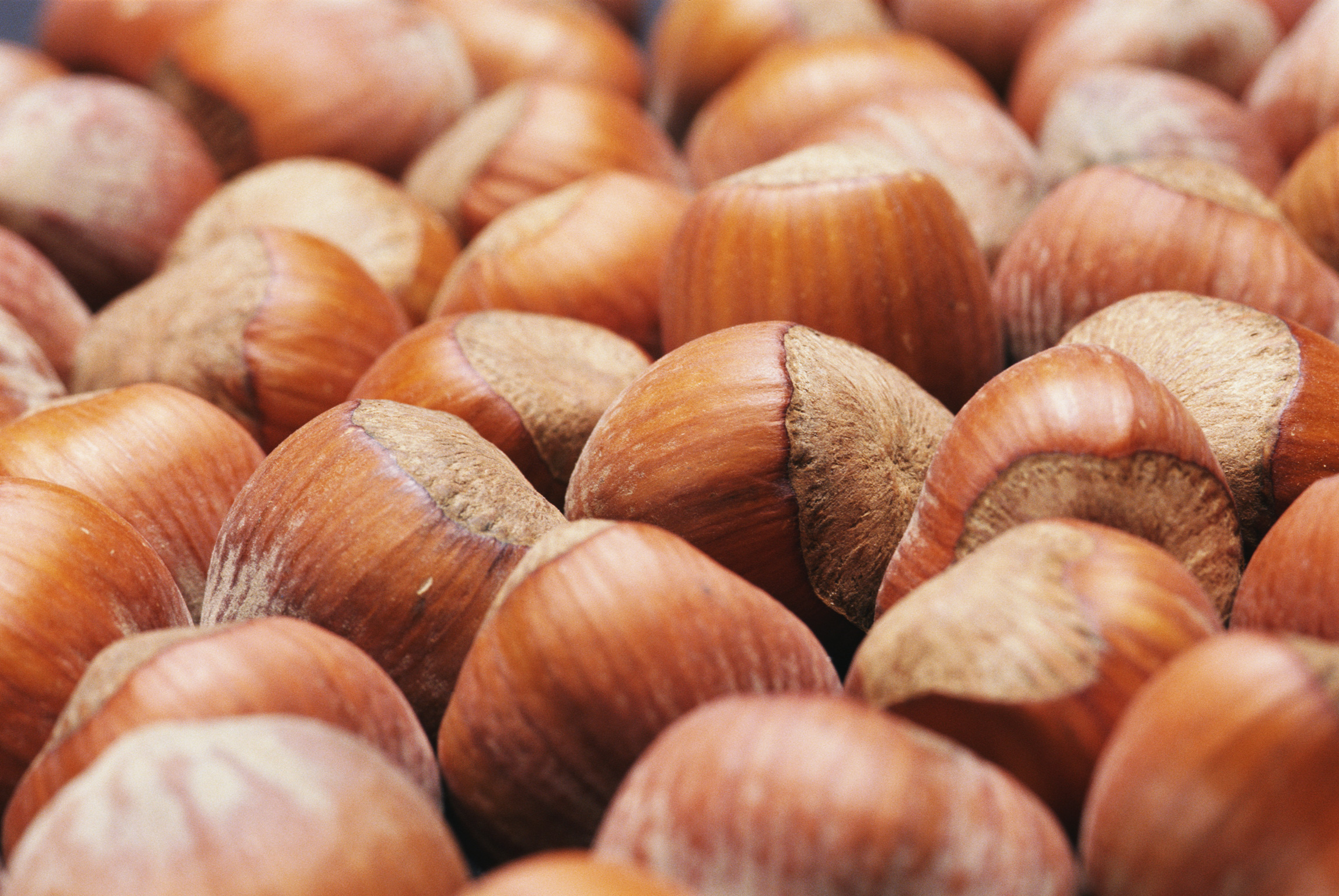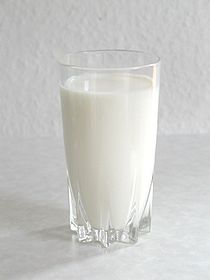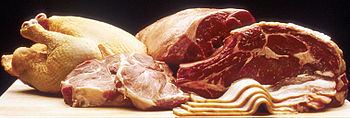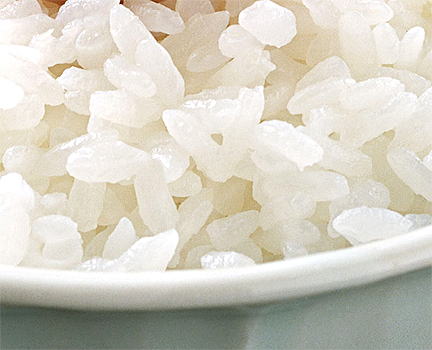
- •S. Seiffulin kazakh agro technical university
- •Astana 2011
- •Introduction
- •Exercises
- •Cause damage hold invite make overtake show surround translate write
- •5. Write questions using the passive. Some are present and some are past.
- •6. Put the verb into the correct form, present simple or past simple, active or passive.
- •7. Rewrite these sentences. Instead of using somebody, they, people etc., write a passive sentence.
- •Passive Voice
- •Perfect infinitive
- •Present continuous
- •Sources of food
- •Exercises
- •1. Translate these interesting facts about food into your own language
- •6. Rewrite these sentences. Instead of using somebody or they etc., write a passive sentence.
- •7. Make sentences from the words in brackets. Sometimes the verb is active, sometimes passive.
- •Food from animals
- •Exercises
- •2. Make 10 test questions with 5 answers about this text and try to use Passive Voice
- •3. Retell the text
- •4. Find the right answer Test . Passive Voice
- •Unit 2 Text: The food of the Nomad Grammar: Question tags
- •Exercises
- •I. Choose the right variant
- •II. Make five questions about this text
- •2. Put a question tag on the end of these sentences
- •3 Read the situation and write a sentence with a question tag. In each situation you are asking your friend to agree with you.
- •4 In these situations you are asking for information, asking people to do things etc.
- •Exercises
- •1. Rewrite the sentences using Reported speech
- •2. Retell the text using reported speech
- •3. Yesterday you met a friend of yours, Steve. You hadn’t seen him for a long time. Here are some of the things Steve said to you:
- •Exercises
- •The following sentences are direct speech. Rewrite the sentences using reported speech.
- •Here are some things that Sarah said to you:
- •Complete the sentences with say or tell (in the correct form). Use only one word each time
- •The following sentences are direct speech
- •Reported Speech
- •Exercises
- •1. Write 10 questions about this text
- •3. Make a new sentence from the question in brackets.
- •4 You are making a phone call. You want to speak to Sue, but she isn't there. Somebody else answers the phone. You want to know three things:
- •Grammar Reported Speech (questions)
- •Grammar Revision. Passive Voice, Question tags, Reported Speech
- •I variant
- •II variant
- •III variant
- •IV variant
- •Unit 4 Text: The food industry
- •The food industry
- •Exercises
- •Translate the text into your own language and learn by heart the new words.
- •Now answer these questions:
- •Complete each sentence with one of the following verbs (in the correct form): answer apply be forget listen live lose make read try use
- •Complete the sentences so that they mean the same as the first sentence. Use -ing.
- •Use your own ideas to complete these sentences. Use -ing.
- •Unit 5 Text: History of Chocolate
- •Short History of Chocolate
- •Exercises
- •Read and translate the text.
- •Now answer these questions
- •Look at the picture and write what you see and how it has been made. Use gerund or infinitive.
- •Food processing. Translate the text into your own language
- •Food packaging. Read and retell the text.
- •Complete each sentence with a suitable verb.
- •Put the verb into the correct form, to ... Or -ing.
- •Make a new sentence using the verb in brackets.
- •Unit 6 Text: Food transportation and food marketing
- •Food transportation
- •Grammar:
- •(I want you to ... Etc.) want ask help would like
- •Make and let
- •Exercises:
- •2. Complete each second sentence so that the meaning is similar to the first sentence.
- •Unit 7 Text: Problems with frozen foods
- •Problems with frozen foods
- •1 Put the verb into the correct form, -ing or to ... . Sometimes either form is possible.
- •2 Here is some information about Tom when he was a child.
- •3 Complete each sentence with a verb in the correct form, -ing or to ... .
- •Enjoy finish imagine admit avoid feel like (infml) (don't)mind can't stand give up deny
- •Manage refuse promise offer
- •Exercises:
- •1. Underline the correct word(s). Be careful: in two sentences, both possibilities are correct.
- •2 Complete part (c) of each sentence in a suitable way, starting with a verb.
- •3 Read the story and answer the questions below.
- •Unit 8 Text: Interesting Facts about British Food Grammar: Conditional sentence 1
- •Exercises:
- •1 Complete the sentences using the verbs in brackets. All the sentences are about the future. Use Will/won't or the present simple (I see / he plays / it is etc.).
- •2 Make one sentence from two:
- •3 Read the situations and complete the sentences.
- •4 Put in when or if.
- •Translate the text into your own language
- •Interesting Facts about British Food: English Pub Food
- •English Cream Teas
- •Unit 9 Text: 10 Poisonous Foods we like to eat Grammar: Conditional sentence 2 (If I knew ... I wish I knew ...)
- •Exercises:
- •1 Put the verb into the correct form.
- •2 Write a sentence with if ... For each situation.
- •Write sentences beginning I wish ... .
- •4 Write your own sentences beginning I wish ... .
- •Potatoes
- •Tomatoes
- •Almonds
- •Cherries
- •Mushrooms
- •Elderberry
- •Rhubarb
- •Castor Oil
- •Pufferfish
- •Unit 10 Text: Discover a few interesting facts that You May Not Know. Grammar: Conditional sentence 3 (If I had known I wish I had known)
- •Grammar: Conditional sentence (3)
- •If I had known you were in hospital, I would have gone to see you.
- •Exercises:
- •1 Put the verb into the correct form.
- •2 For each situation, write a sentence beginning with If.
- •3 Imagine that you are in these situations. For each situation, write a sentence with I wish.
- •4. Translate the sentences into your own language.
- •Interesting Food Facts
- •Unit 11 Text: History of Tomatoes Grammar: Phrasal verbs: form and meaning
- •1 Complete the phrasal verbs. Remember to put the verb into the correct form.
- •2 Complete these sentences in a logical way.
- •3 Look at the dictionary entry for 'go off, and match the meanings with the sentences below.
- •4 Correct any mistakes with word order in these sentences. Be careful: some are correct.
- •5 Make these texts more informal by changing the underlined verbs to phrasal verbs.
- •6 Fill the gaps to complete the phrasal verbs in these sentences.
- •7 Complete these sentences in a logical way.
- •History of Tomatoes
- •Revision for all materials
- •1 Variant
- •2 Variant
- •3 Variant
- •4 Variant
- •5 Variant
- •6 Variant
- •7 Variant
- •Additional texts Texts for reading and retelling popcorn
- •Popcorn Balls
- •The Healthy Eating Pyramid includes the following: Whole Grains
- •Healthy Fats and Oils
- •Vegetables and Fruits
- •Nuts, Seeds, Beans, and Tofu
- •Fish, Poultry, and Eggs
- •Dairy (1 to 2 Servings Per Day) or Vitamin d/Calcium Supplements
- •Use Sparingly: Red Meat and Butter
- •Multivitamin with Extra Vitamin d (For Most People)
- •Optional: Alcohol in Moderation (Not for Everyone)
- •Kazakhstan’s cuisine
- •Food and drink
- •Food and drink based on milk
- •Dishes from cereals
- •Cold first courses
- •Hot first courses
- •Second courses
- •Bread and pasta
- •Desserts
- •Meals in Britain (1)
- •Vocabulary:
- •Meals in Britain (2)
- •British Cuisine
- •Questions:
- •Vocabulary:
- •Spirits in Ireland
- •Questions:
- •Traditional American Food
- •The Story of “McDonald's” and “Coca-Cola”
- •World Food Kazakhstan: a Focus on the Food Industry
- •About Kazakhstan trade recovering in kazakhstan
- •A review of the food and beverage market in kazakhstan
- •Kazakhstan to Launch Its Own Infant Food Production
- •Kazakhstan to Develop Winemaking
- •Source: Kazakhstan Today
- •Kazakhstan: a 200-Hectare Food Terminal Being Built Near Astana
- •Halal-Industry Association Established in Kazakhstan
- •Second Record Bumper Harvest over Last Five Years in Kazakhstan – About 21 Million Tons in Store – Nazarbayev
- •Examination tests test-1
- •Irregular verbs
- •Bibliograhpy
- •Content
Nuts, Seeds, Beans, and Tofu
T hese
plant foods are excellent sources of protein, fiber, vitamins, and
minerals. Beans include black beans, navy beans, garbanzos, lentils,
and other beans that are usually sold dried. Many kinds of nuts
contain healthy fats, and packages of some varieties (almonds,
walnuts, pecans, peanuts, hazelnuts, and pistachios) can now even
carry a label saying they're good for your heart.
hese
plant foods are excellent sources of protein, fiber, vitamins, and
minerals. Beans include black beans, navy beans, garbanzos, lentils,
and other beans that are usually sold dried. Many kinds of nuts
contain healthy fats, and packages of some varieties (almonds,
walnuts, pecans, peanuts, hazelnuts, and pistachios) can now even
carry a label saying they're good for your heart.
Fish, Poultry, and Eggs
T hese
foods are also important sources of protein. A wealth of research
suggests that eating fish can reduce the risk of heart disease, since
fish is rich in heart-healthy omega-3 fats. Chicken and turkey are
also good sources of protein and can be low in saturated fat. Eggs,
which have long been demonized because they contain fairly high
levels of cholesterol, aren't as bad as they've been cracked up to
be. In fact, an egg is a much better breakfast than a doughnut
hese
foods are also important sources of protein. A wealth of research
suggests that eating fish can reduce the risk of heart disease, since
fish is rich in heart-healthy omega-3 fats. Chicken and turkey are
also good sources of protein and can be low in saturated fat. Eggs,
which have long been demonized because they contain fairly high
levels of cholesterol, aren't as bad as they've been cracked up to
be. In fact, an egg is a much better breakfast than a doughnut
cooked in an oil rich in trans fats or a bagel made from refined flour. People with diabetes or heart disease, however, should limit their egg yolk consumption to no more than 3 a week. But egg whites are very high in protein and are a fine substitute for whole eggs in omelets and baking.
Dairy (1 to 2 Servings Per Day) or Vitamin d/Calcium Supplements
B uilding
bone and keeping it strong takes calcium, vitamin D, exercise, and a
whole lot more. Dairy products have traditionally been Americans'
main source of calcium and, through fortification, vitamin D. But
most people need at least 1,000 IU of vitamin D per day, far more
than the 100 IU supplied by a glass of fortified milk. (See the
multivitamins section, below, for more information on vitamin D
needs.) And there are other healthier ways to get calcium than from
milk and cheese, which can contain a lot of saturated fat. Three
glasses of whole milk, for example, contains as much saturated fat as
13 strips of cooked bacon. If you enjoy dairy foods, try to stick
mainly with no-fat or low-fat products. If you don't like dairy
products, taking a vitamin D and calcium supplement offers an easy
and inexpensive way to meet your daily vitamin D and calcium needs.
uilding
bone and keeping it strong takes calcium, vitamin D, exercise, and a
whole lot more. Dairy products have traditionally been Americans'
main source of calcium and, through fortification, vitamin D. But
most people need at least 1,000 IU of vitamin D per day, far more
than the 100 IU supplied by a glass of fortified milk. (See the
multivitamins section, below, for more information on vitamin D
needs.) And there are other healthier ways to get calcium than from
milk and cheese, which can contain a lot of saturated fat. Three
glasses of whole milk, for example, contains as much saturated fat as
13 strips of cooked bacon. If you enjoy dairy foods, try to stick
mainly with no-fat or low-fat products. If you don't like dairy
products, taking a vitamin D and calcium supplement offers an easy
and inexpensive way to meet your daily vitamin D and calcium needs.
Use Sparingly: Red Meat and Butter
T hese
sit at the top of the Healthy Eating Pyramid because they contain
lots of saturated fat. Eating a lot of red meat may also increase
your risk of colon cancer. If you eat red meat every day, switching
to fish , chicken, or beans several times a week can improve
cholesterol levels. So can switching from butter to olive oil. And
eating fish has other benefits for the heart.
hese
sit at the top of the Healthy Eating Pyramid because they contain
lots of saturated fat. Eating a lot of red meat may also increase
your risk of colon cancer. If you eat red meat every day, switching
to fish , chicken, or beans several times a week can improve
cholesterol levels. So can switching from butter to olive oil. And
eating fish has other benefits for the heart.
Use Sparingly: Refined Grains—White Bread, Rice, and Pasta; Potatoes; Sugary Drinks and Sweets; Salt
W hy
are these all-American staples at the top, rather than the bottom, of
the Healthy Eating Pyramid? White bread, white rice, white pasta,
other refined grains, potatoes, sugary drinks, and sweets can cause
fast and furious increases in blood sugar that can lead to weight
gain, diabetes, heart disease, and other chronic disorders. Whole
grain carbohydrates cause slower, steadier increases in blood sugar
that don't overwhelm the body's ability to handle carbohydrate. The
salt shaker is a new addition to the "Use Sparingly" tip of
the Healthy Eating Pyramid, one that's based on extensive research
linking high-sodium diets to increased risk of heart attack and
stroke. (Read more about why cutting back on salt is good for your
health, and try these delicious recipes from The Culinary Institute
of America that spare the salt.)
hy
are these all-American staples at the top, rather than the bottom, of
the Healthy Eating Pyramid? White bread, white rice, white pasta,
other refined grains, potatoes, sugary drinks, and sweets can cause
fast and furious increases in blood sugar that can lead to weight
gain, diabetes, heart disease, and other chronic disorders. Whole
grain carbohydrates cause slower, steadier increases in blood sugar
that don't overwhelm the body's ability to handle carbohydrate. The
salt shaker is a new addition to the "Use Sparingly" tip of
the Healthy Eating Pyramid, one that's based on extensive research
linking high-sodium diets to increased risk of heart attack and
stroke. (Read more about why cutting back on salt is good for your
health, and try these delicious recipes from The Culinary Institute
of America that spare the salt.)
